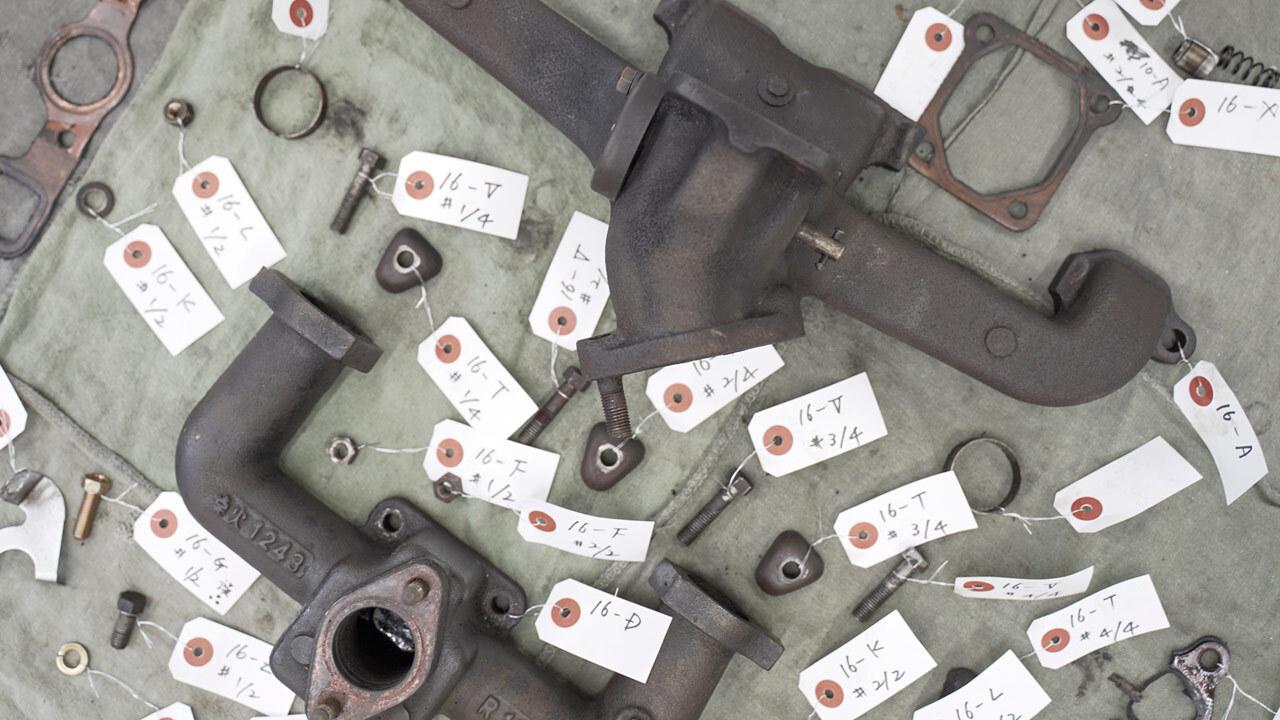
This series explores the project to restore a first-generation Crown, a car that embodies Toyota's origins. Part 5 deals with the issue of model years, an unavoidable factor in the restoration of old cars.
A problem with no right answers
Even in the days of that first Crown, the RS, Toyota followed up the launch by continually fine-tuning specifications in the spirit of making ever-better cars.
Take for example the engine. The MY1955 Crown sported a 48-horsepower Type R engine. By 1957, however, an increase in the compression ratio from 6.8 to 7.2 boosted the engine’s power to 55 hp. With the facelift in October 1958, this improved further to 58 hp, ultimately reaching 62 hp.
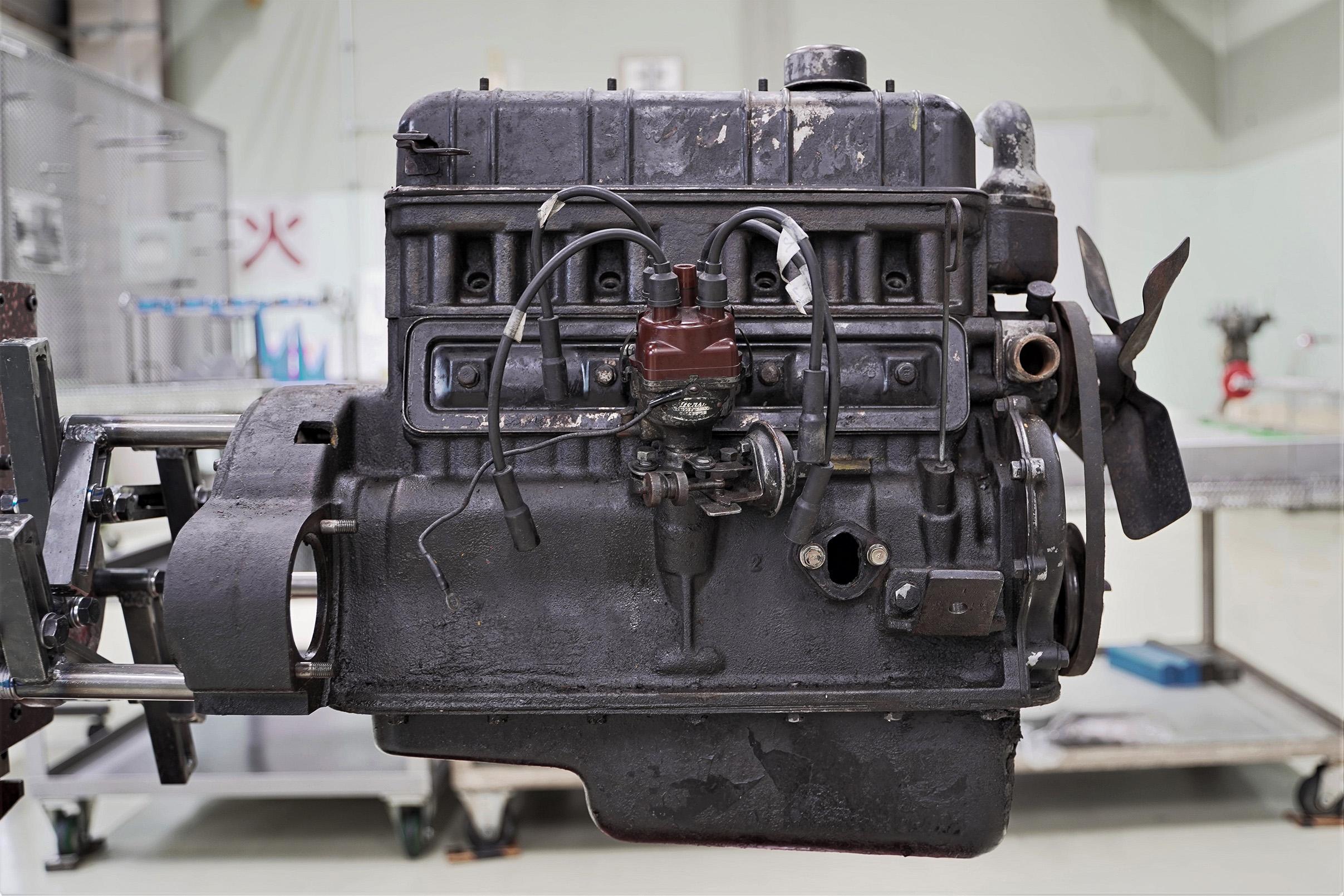
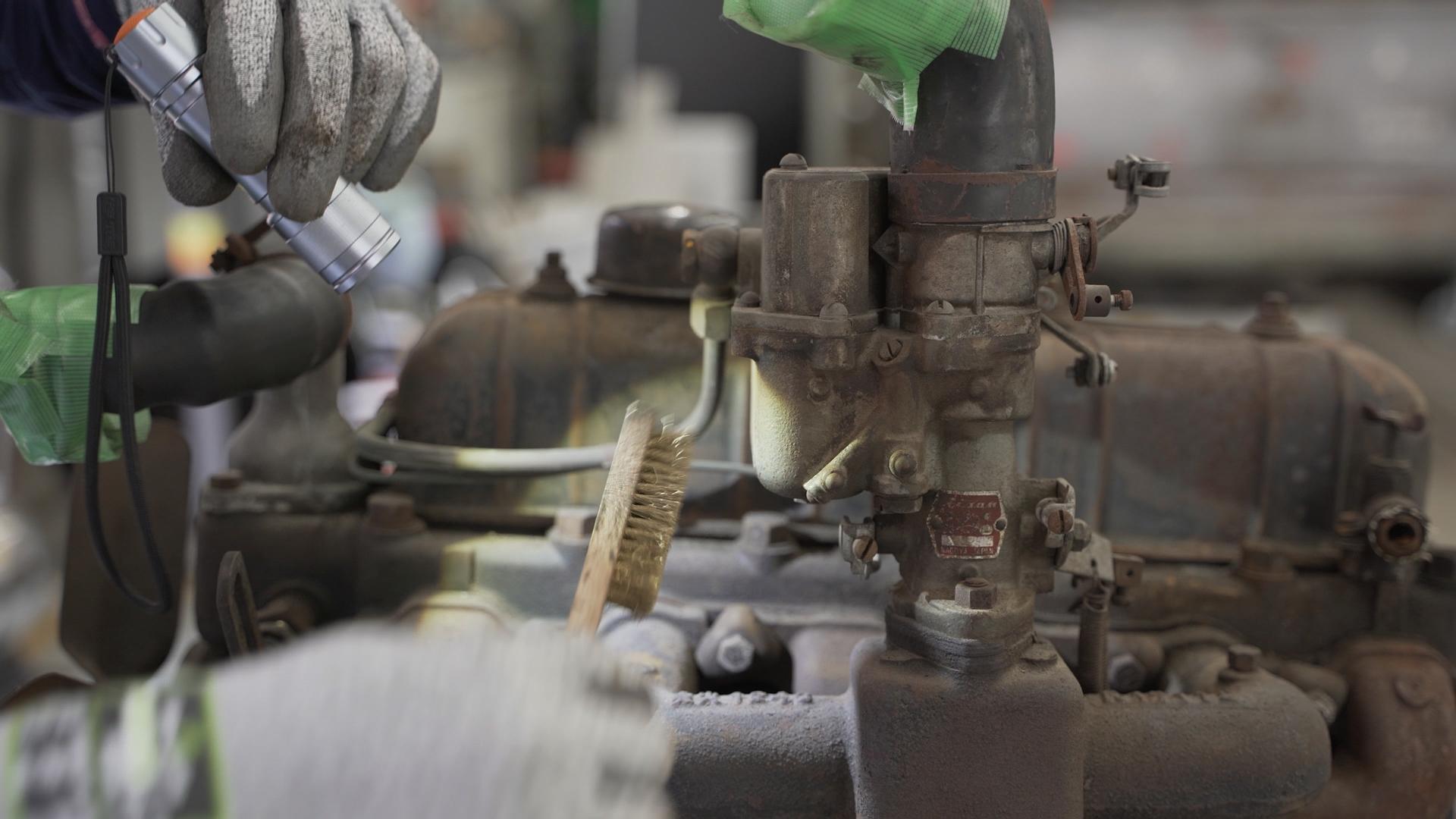
Similarly, the 6V electrics of the MY1955 were changed to a 12V system in the MY1957 Crown.
Also, the split-panel front and rear windows were replaced with single-sheet glass as part of the 1958 refresh.
At the outset, the team was set on restoring the car as an MY1957. The frame inscription, along with the inspection certificate and other documents, noted 1957 as the year of production, and the thickness of the frame’s steel side panels matched those of MY1957 vehicles.
Around May, however, the drawings revealed that many parts, including the suspension, body, interior fittings, and electrical components, were MY1955.
For example, the engine hood’s mounting holes were oriented as in the 1955 model, while the handbrake lever’s spring mechanism matched those of MY1955 drawings. Likewise, the electrical system was 6V instead of the MY1957’s 12V, while the materials and shape of the wiring coverings and terminals were identical to the 1955 style.
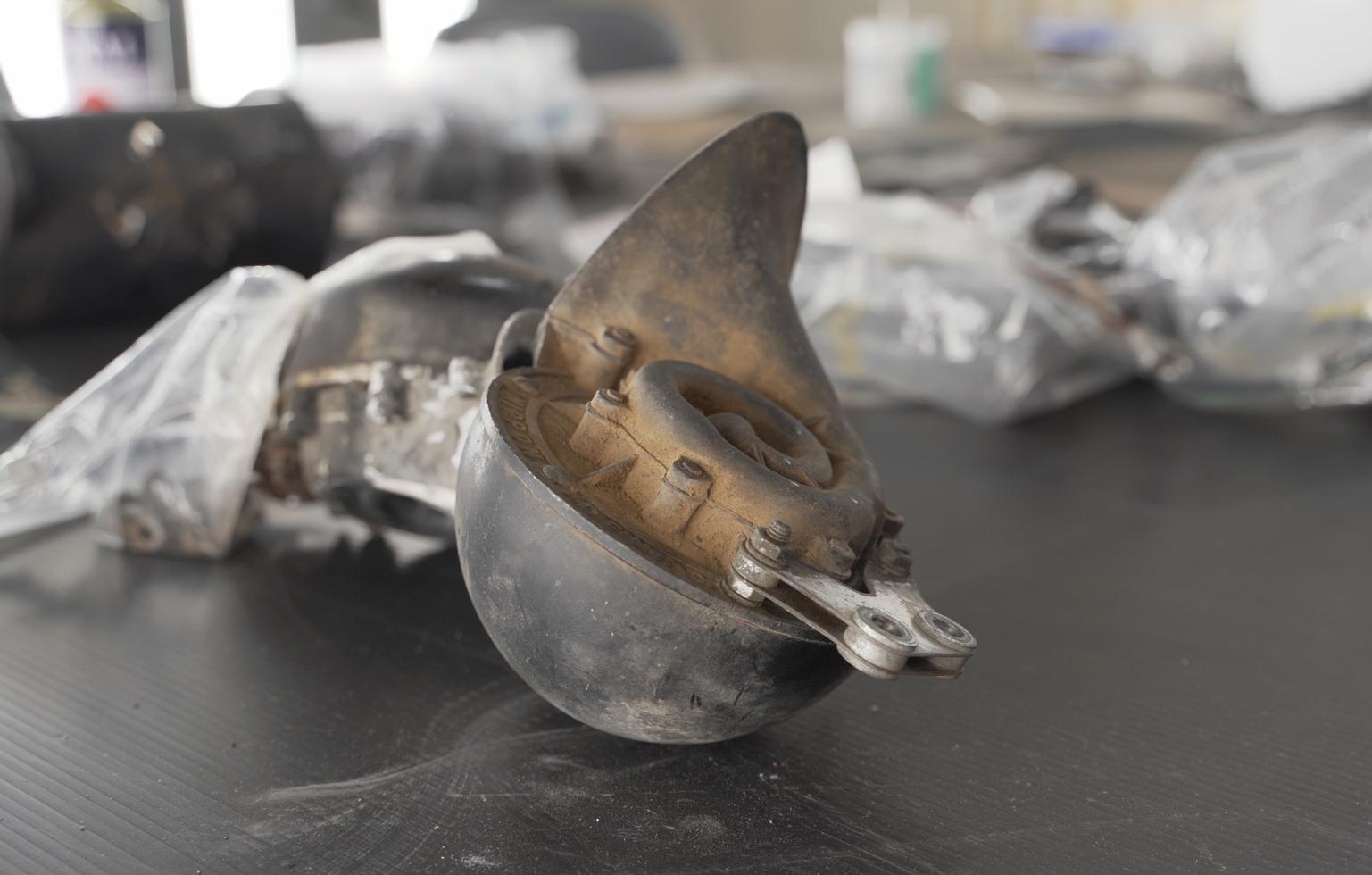
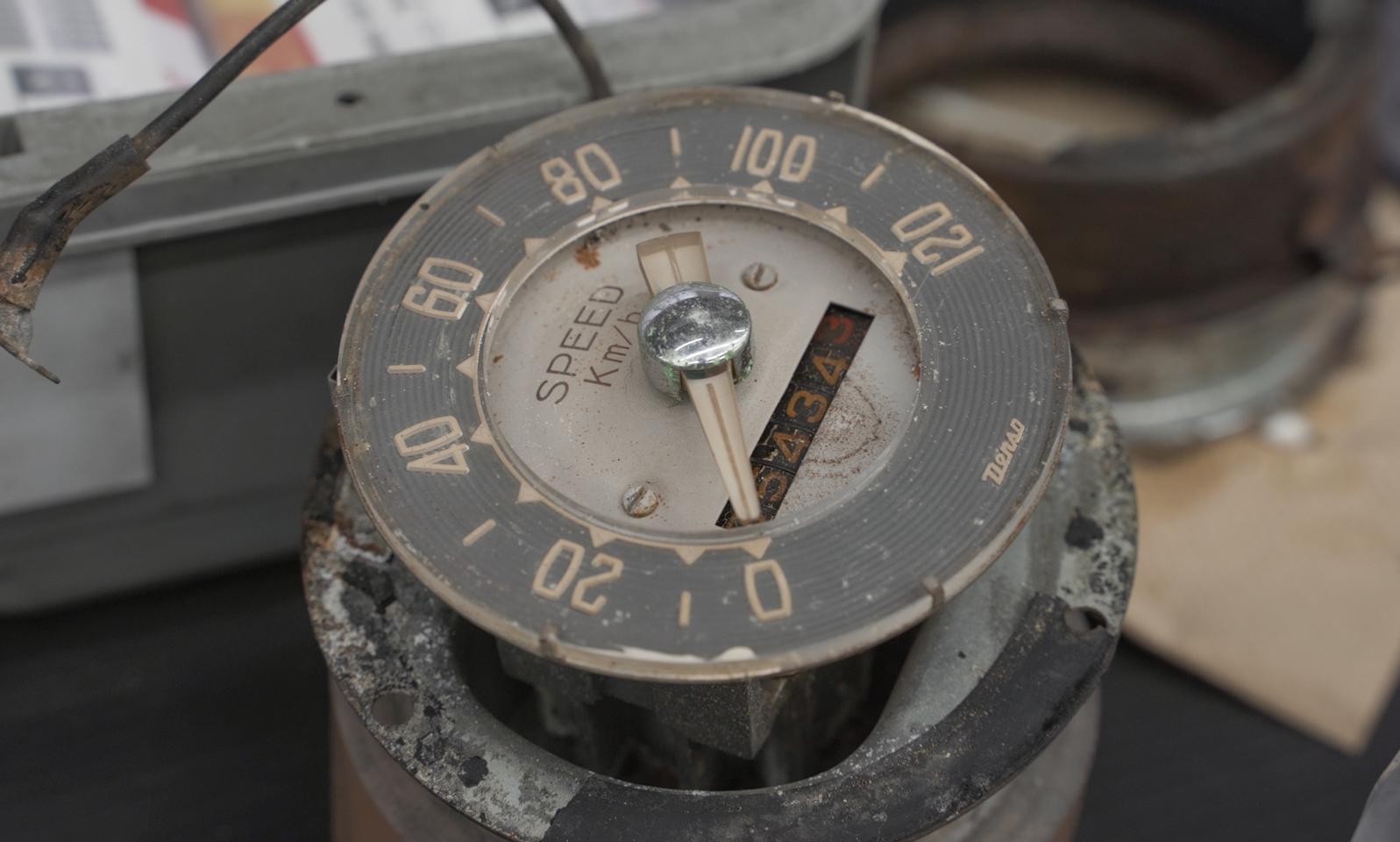
In June, the engine team made another troubling discovery: the shape of the cylinder head suggested that the engine had been replaced with that of an MY1955 Crown.
Yet since the engine block, crankshaft, and other components were the same, the engine could be rebuilt as an MY1957 model using the replacement head that had already been sourced. The transmission team reported a similar situation.
Two model variations, the 1955 and ‘57. Which was the right goal for this restoration? We asked Kinji Tomiyasu, whose hobby of restoring cars made him the most experienced of the project’s coordinators.
Tomiyasu
If a car has been on the road for decades, it’s not unusual to end up with parts from several different model years after all those years of maintenance and repairs.
In a regular restoration, the repair shop would not have access to detailed parts drawings for each model year as we do, so they would just get the car running with whatever parts were available. Mixing parts from different years is nothing out of the ordinary.
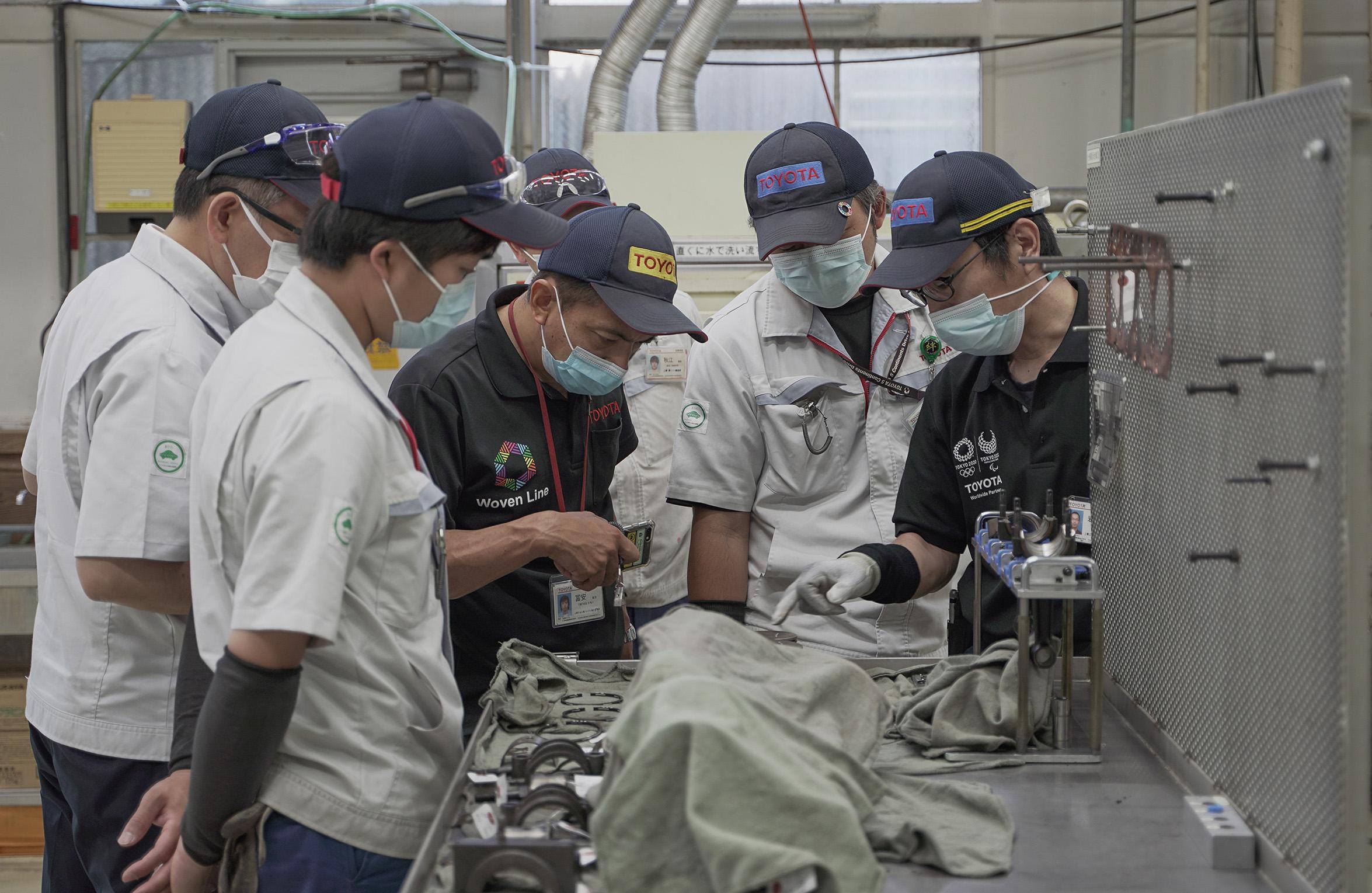
This project, however, was a groundbreaking attempt to see how far Toyota—the company that developed and manufactured this car, although nearly 70 years ago—could push the boundaries of restoration through its in-house talent.
Through this process, it was hoped that the project would bring the ideas and skills of the period’s carmakers to the fore, passing them on to a new generation.
Since any lacking parts were to be made anew from the drawings, there was no room for convenient compromises.
In this way, model years present an unavoidable issue when restoring old cars, one this project’s members would have to confront head-on.
Tomiyasu
It’s a problem with no right answer. Should we ultimately restore this first-generation Crown as an MY1955 or a ‘57? As each team pushed ahead with its own restoration work, we decided to discuss the matter thoroughly among everyone involved in the project.
The teams responsible for each section—body, frame, engine, interior, electrical, and painting—offered views based on their detailed study of the part specifications. Led by the respective team leaders, a heated debate unfolded between the project members.


